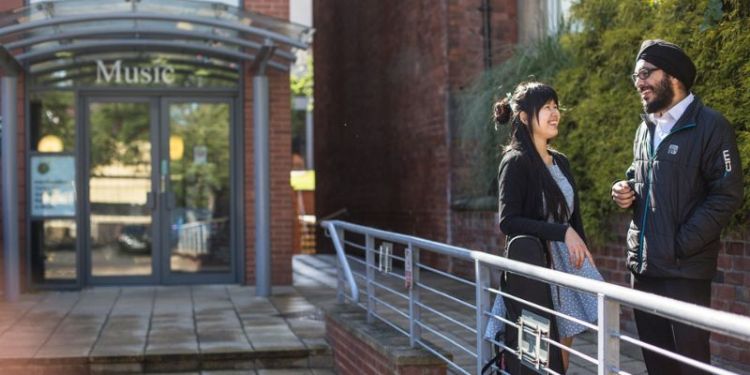The Congregation Stands: Sonic Miracles and East Anglian Worship in Britten’s Noye’s Fludde - Music Research Colloquia

- Date: Thursday 16 November 2023, 13:00 – 14:00
- Location: Music
- Type: Seminar series
- Cost: Free
A presentation by Imani Mosley, University of Florida.
Abstract
In the Introductory note to the score for Noye’s Fludde, we’re given not only information but insight into how Britten framed the piece.
A musical work that featured the congregation, Noye’s Fludde, like the medieval Chester Miracle plays was to be performed in “some big building … preferably a church … with the action raised on rostra, but not a stage removed from the congregation.”
The acoustic and physical space as well as the ritual characteristics of that space were foundational parts of not only how Britten composed the piece but how it was to be performed.
Writing for a community of East Anglian parishioners who would have had a deep connection to miracle plays, Britten understood how an informed community could act as another part of his compositional framework.
This paper discusses how sound, space, and ritual come together in Noye’s Fludde to create a piece that is deeply rooted in place(s) and time(s), conveying the enmeshed relationship between medieval Anglican sonic practice and postwar secular Anglicanism.
About Imani Danielle Mosley
Imani Danielle Mosley is Assistant Professor of Musicology at the University of Florida.
Her research focuses on Benjamin Britten, opera, and modernism in postwar Britain. Her current research addresses sacred sonic culture, acoustics, and ritual in the English churches central to Britten’s sacred music.
She has published articles in *The New York Times*on British royal ceremonial music and also specializes in reception history, masculinities studies, digital humanities, sound studies, and race, protest music and trauma.
Join the event
Join in person in Music LT2 or online via Zoom at the scheduled time. Please note that Imani Mosley will be joining us remotely online only.
This event is part of the 2023-24 School of Music Research Colloquia.

